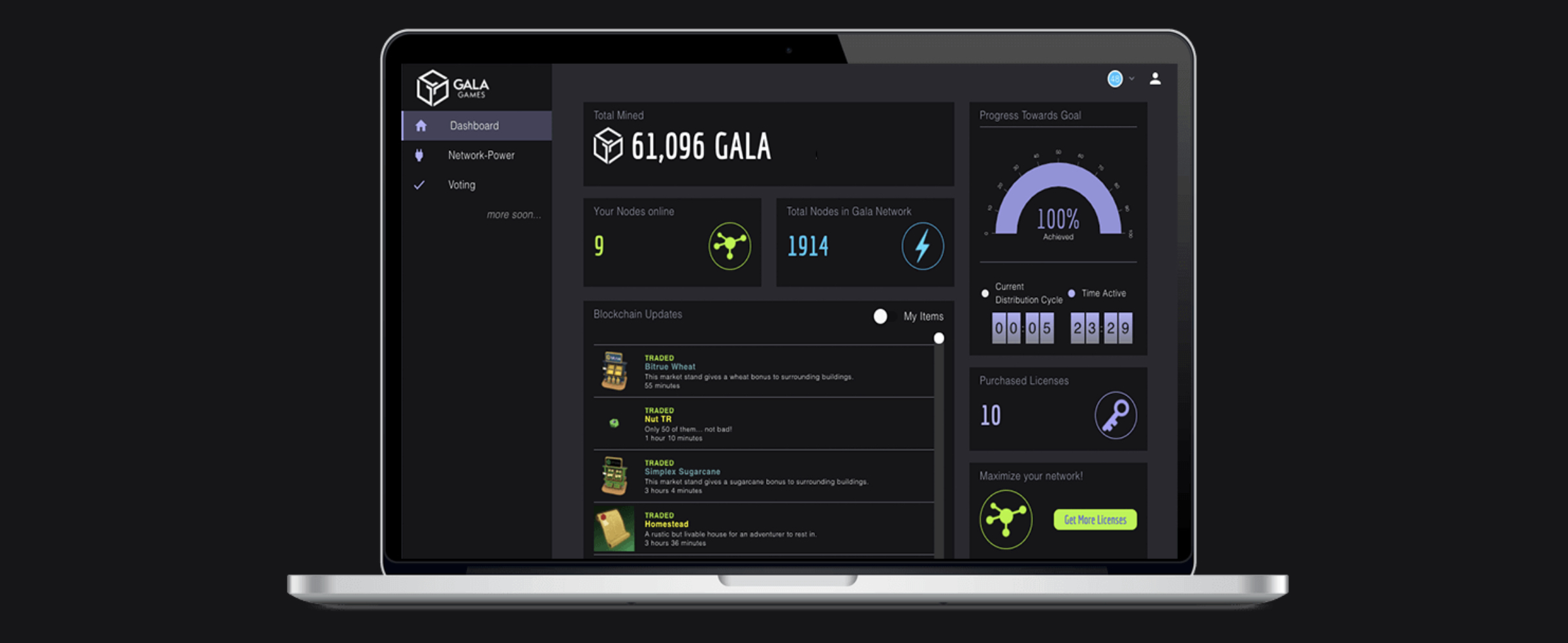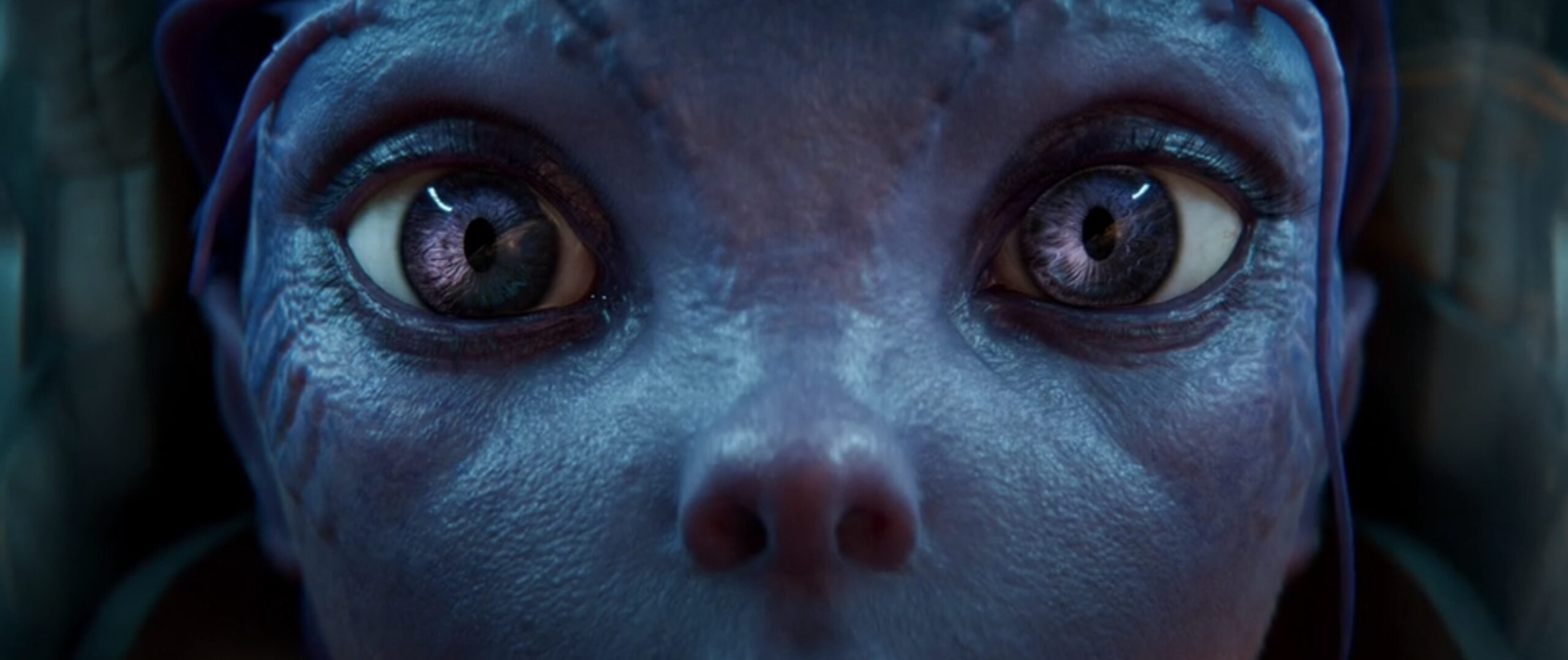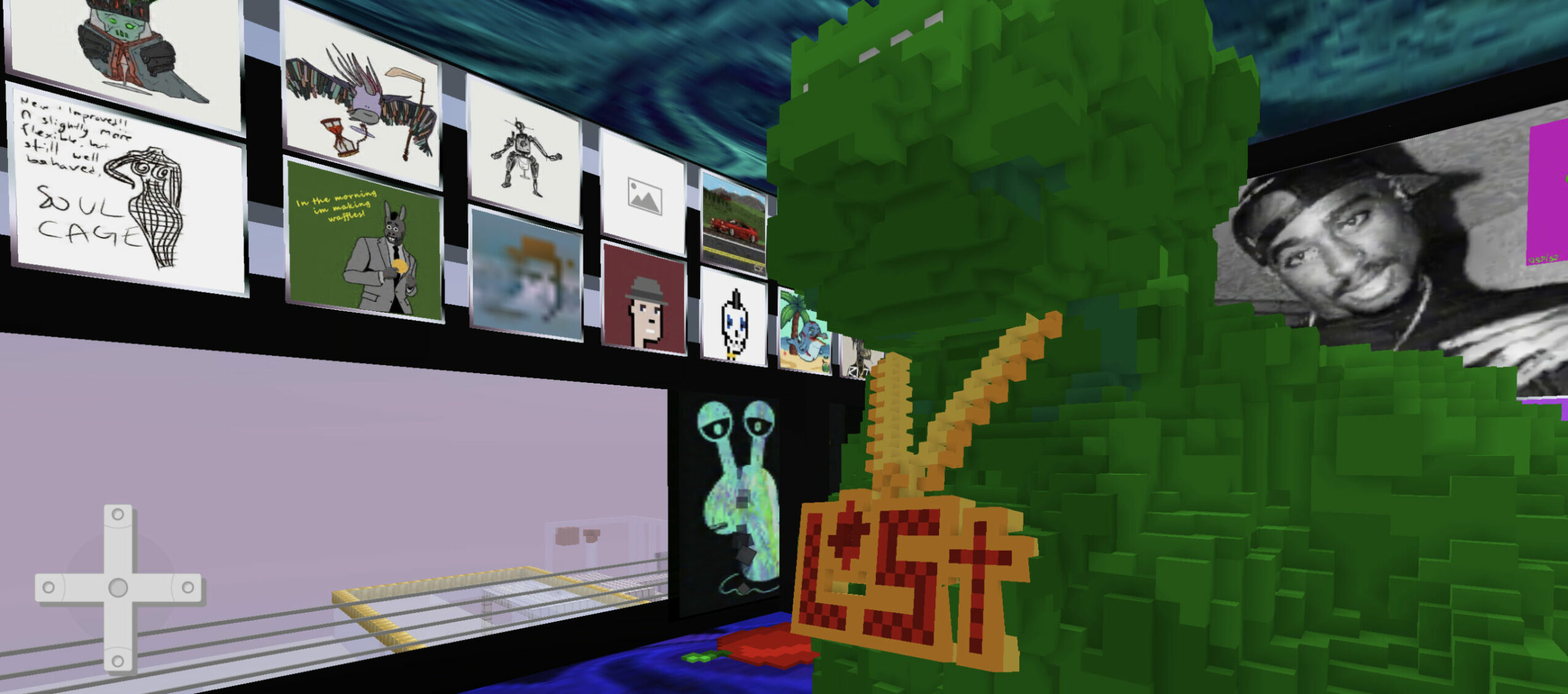Everybody and their aunts are producing metaverses these days. While the tech is relatively new, a number of projects have already started to take off when it comes to number of users. Here are ten of the most talked-about metaverse projects.
Decentraland
Decentraland is one of the most popular metaverse projects currently for a number of reasons. Once immersed in its metaverse, the user is able to buy his/her favorite brands, attend virtual events, play games, meet new people, build new business projects and even gamble.

Decentraland was built on the Ethereum blockchain network and is said to be user-owned. This means that those who immerse themselves in it, have plenty of room to create their own environment, avatars, marketplaces, digital infrastructures and applications.
MANA, its cryptocurrency, is available on a number of crypto exchanges.
Axie Infinity (AXS)
Axie is a blockchain-based game that has enjoyed a lot of hype with the help of cute, animal-like characters and allows some players to also earn cash, while enjoying themselves. Some people have even found playing Axie a rewarding full-time job.
It is powered by the Ethereum blockchain network and uses AXS and SLP as its currencies. Each of these have different purposes inside the game. The AXS or Axie Infinity Shards, are governance tokens. On the other hand players holding the AXS coins get to vote on the game’s future development plans, including updates and treasury balance use.
SLP tokens or Smooth Love Potions are earned as rewards through battle or adventure mode. These tokens can be used to breed “Axies”.

The Sandbox (SAND)
The Sandbox is a metaverse game built on the Ethereum blockchain network and is driven by original content creation as well as gaming.
It uses a 3D voxel approach that also allows its players to take full advantage of their imagination and create virtual worlds as they desire. In essence, anyone can build, own, and monetize their gaming experience using the platform’s native currency – SAND.
This ERC-20 utility token is used throughout the entire Sandbox ecosystem, supporting all transactions and interactions.
So far, users have created more than 70 million unique worlds and environments inside The Sandbox. This has led to the creation of a rather vibrant market of non-fungible tokens (NFT)s.
Apart from hosting content-building experiences, the platform also permits its community to build games, assets and applications on top of their land parcel.

Gala
The platform is blockchain-powered gaming platform where players can freely exchange in-game items such as non-fungible tokens. The Gala Network is supported by users, who operate Gala nodes from their home computers. Gala is home to a number of games focused on relationships, and is connecting players to games such as Mirandus, Spider Tank, Town Star, Fortified, and Echoes of Empire.
The game gives away some authority and ownership to gamers. By and large, this is mostly achieved through the game’s native digital coin – GALA. Its used on the platform for network governance, rewards and node operator incentives.
Sensorium Galaxy
This metaverse came about thanks to a collaboration of some of the world’s top artists, producers, and media companies and consists of several worlds. Each one acts as a hub that is dedicated to a different and unique set of experiences.
Of the hubs, its PRISM is the premiere and serves as the entrance into music and entertainment. In PRISM, immersed users will get exclusive VR performances by chart-topping artists. Through a combination of AI and VR technology, premium content is made available.

Another key feature of Sensorium Galaxy is its in-platform currency – SENSO – which is underpinned by blockchain technology to power a “fair, transparent and user-owned decentralized economy”.
The token is used for a variety of things ranging from creating new avatars to buying event tickets and developing original content.
The platform has since migrated from Ethereum to the Wakatta blockchain to ensure faster transactions (30 times faster than Ethereum,), make transaction fees cheaper at $0.001, and support a greater number of operations within Sensorium Galaxy’s marketplace.
In addition to that, the Wakatta also links the Sensorium Galaxy’s currency, SENSO, to the Polkadot ecosystem, creating competitive conditions for SENSO token holders.
Among other things the avatars will be AI powered (including some of the world’s first social AI DJs), metaverse music streaming, advanced social and game mechanics, extensive immersion and interactivity features. Time will tell how well Sensorium succeeds.

Metahero (HERO)
This platform intends to introduce “ultra-realistic digital clones” using 3D-scan of user’s face and body, that users can customize and use across the metaverse activities.
Each 3D avatar features a realistic life-like body type and a “photo-realistic face” thanks to Metahero’s 3D modeling partnership with Wolf Digital World (WDW).
The platform also allows users to scan one’s own body and mint the scan as an NFT for use in the metaverse.
The avatars can also be armed with different skills set and powers from a range of classes like Close Combat Specialist, Spellcaster, Mentalist, Enchanter, Elementalist, Range Combat Specialist and Assassin.
Users can arm their recruits by trading and selling their NFTs.
Somnium Space (Cube)
The 3D powered blockchain platform is replete with mind rattling experiences, and a chance to explore every aspect of the metaverse.
Newcomers to this metaverse might not find the quality of the graphics appealing, but its redemption is how the space lets users fully use their imagination, and customize both their avatars and the spaces around them.
The metaverse prides itself as “an open, social and persistent virtual reality platform.”
Although most metaverse projects we have reviewed are mostly on the Ethereum chain, Somnium has adopted a multi-chain approach that also includes Solana.
Somnium offers an NFT Gallery, using VR avatars to attend VR concerts while dancing with a full-body tracking kit, “creating new NFT-based worlds” and experiences that others can enjoy as well. It’s metaverse economy is powered by CUBE.

Star Atlas
Star Atlas is a departure from cryptobacked metaverses. To all intents and purposes, it has a great storyline, a growing community and monetization opportunities. Star Atlas has its two tokens built on the Solana blockchain – ATLAS and POLIS. ATLAS, is pretty much a typical in-game coin that users can rely on to enter battles and explore different worlds as well as accessing the marketplace.
POLIS, allows users to experience what the developers say is the game’s “political intrigue” aspect.
Players in the metaverse are in charge of making decisions about the game — and perhaps even outvote the creators.
Bloktopia
This metaverse is a skyscraper-themed VR project where users across a 21-story building can learn, meet new people, do business, and explore different activities.
The game relies on the participation and creativity of each user to complete the building. Bloktopia is looking to new ways to create content and income for users who choose to reside in the metaverse.

Cryptovoxels (CVPA)
This is another Ethereum-based metaverse with a Minecraft-like feel. The metaverse comprises a world of digital infrastructures and vast blocks of land that users can continuously build on top of.
Although its assets can be traded on OpenSea in exchange for ETH, Cryptovoxels has its own currency, Cryptovoxels Parcel (CVPA).
Users can elect to build inside their virtual properties, including adding posters, signs or audio tracks, or simply sell them. Cryptovoxels, one of the oldest metaverses, has also managed to build a large community, and for the newb it’s the perfect place to start out with its easily accessible browser-based, and very lively, metaverse.
/MetaNews.









 and then
and then